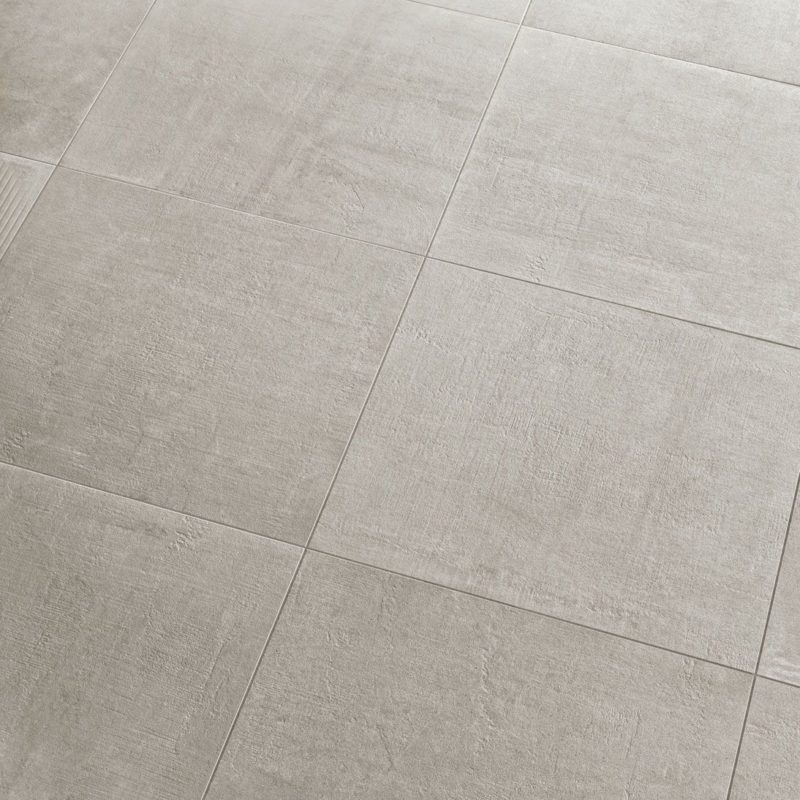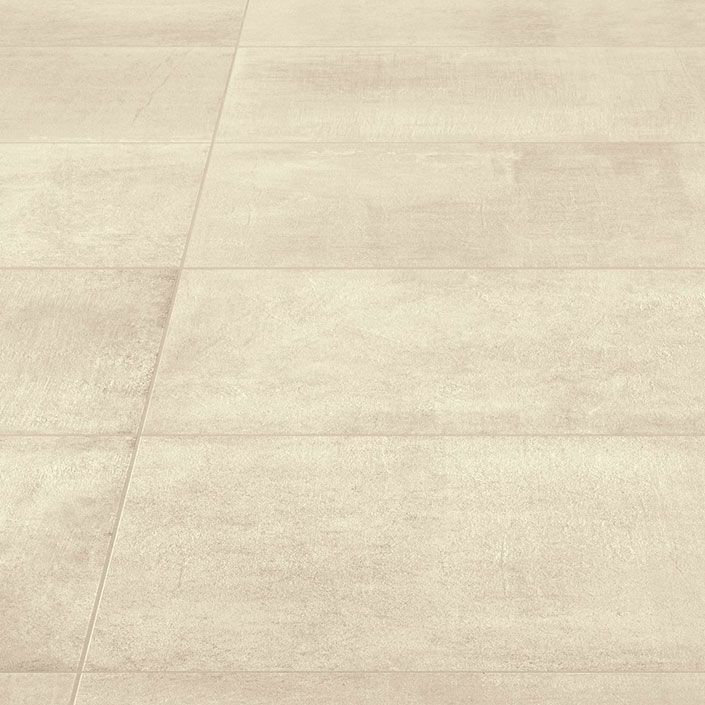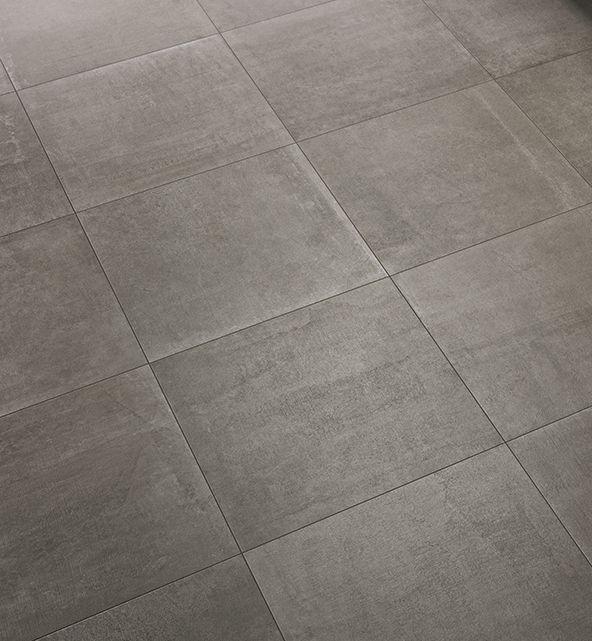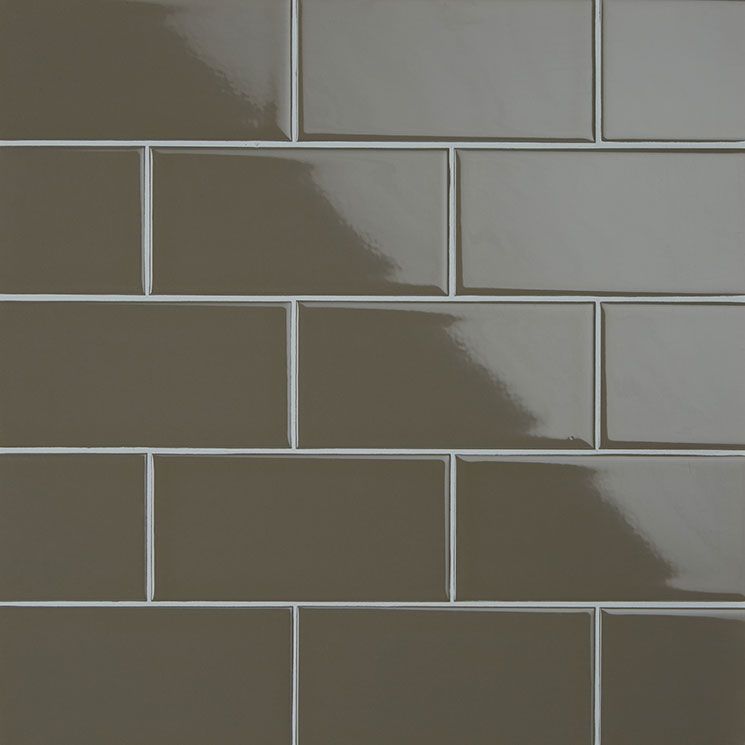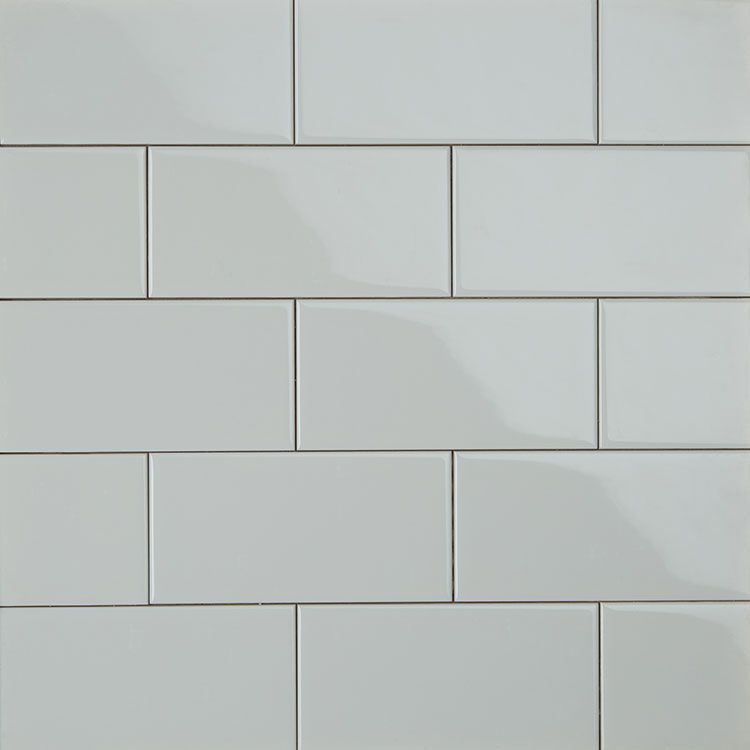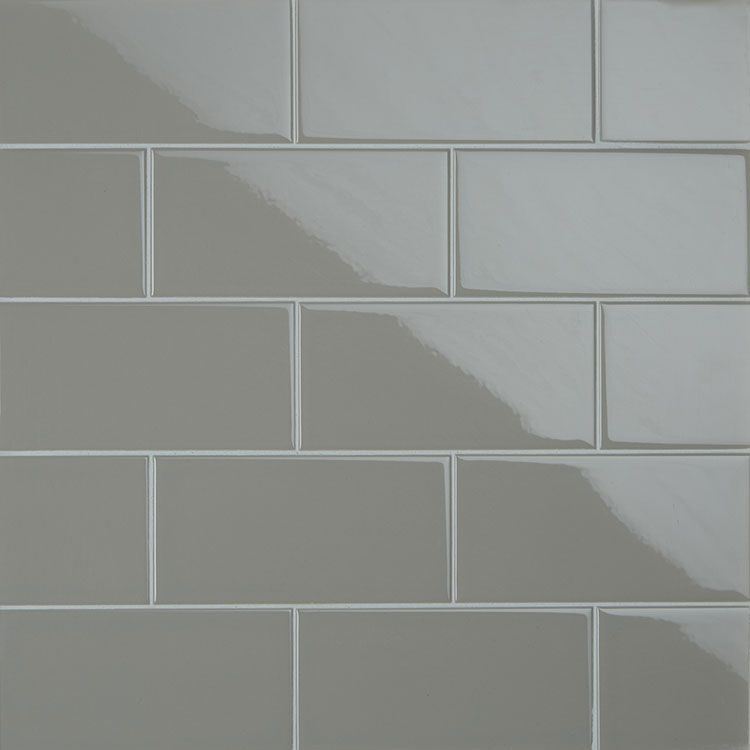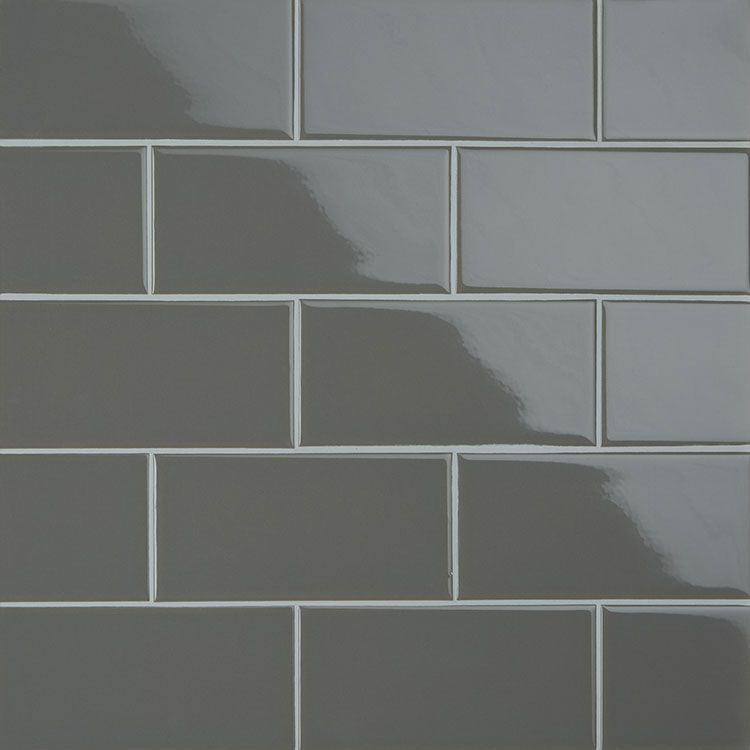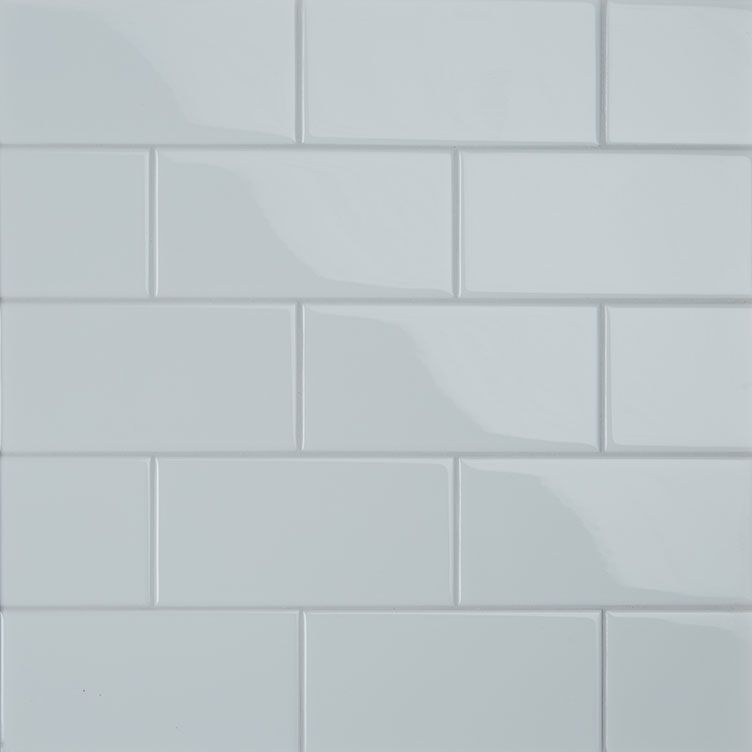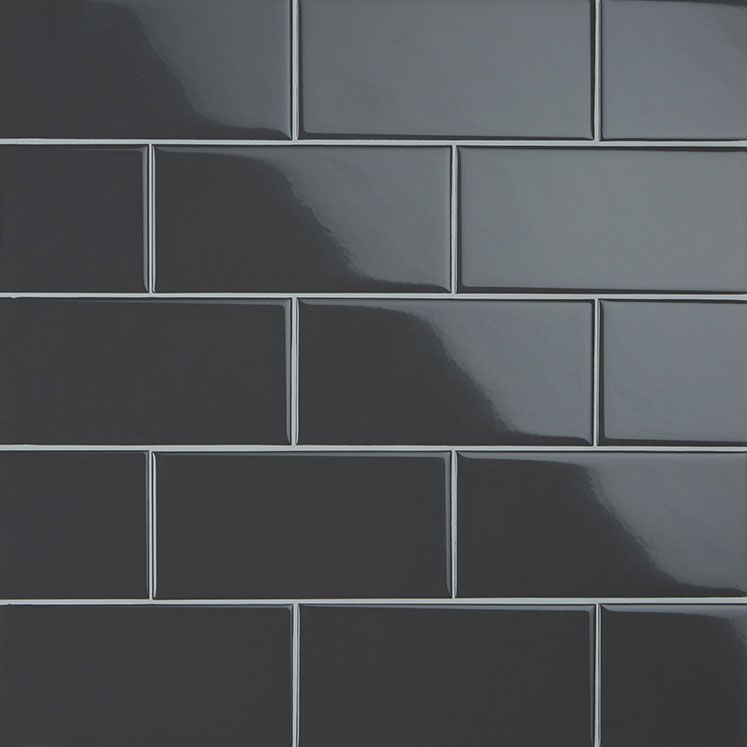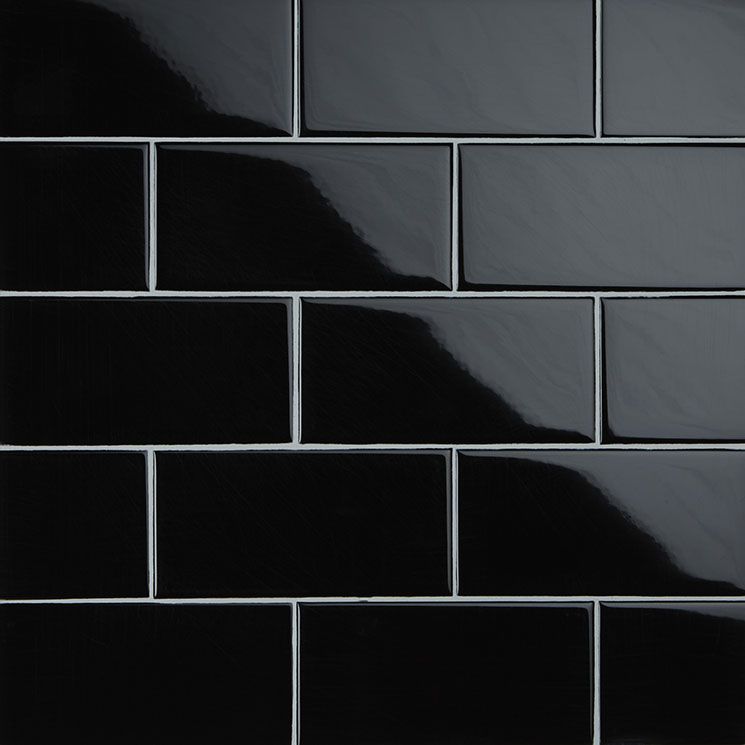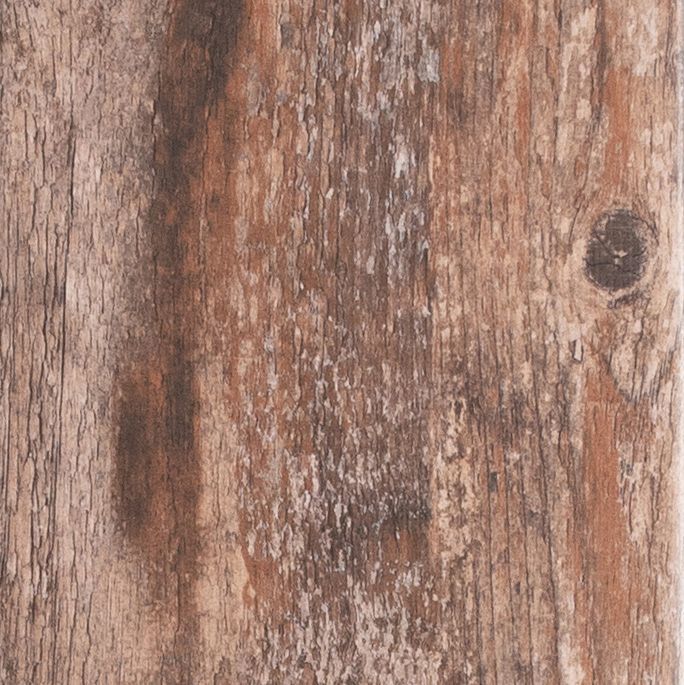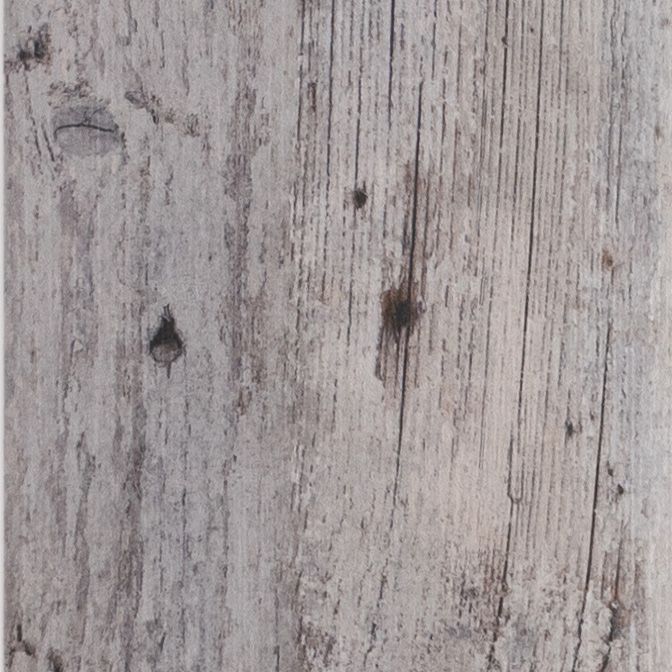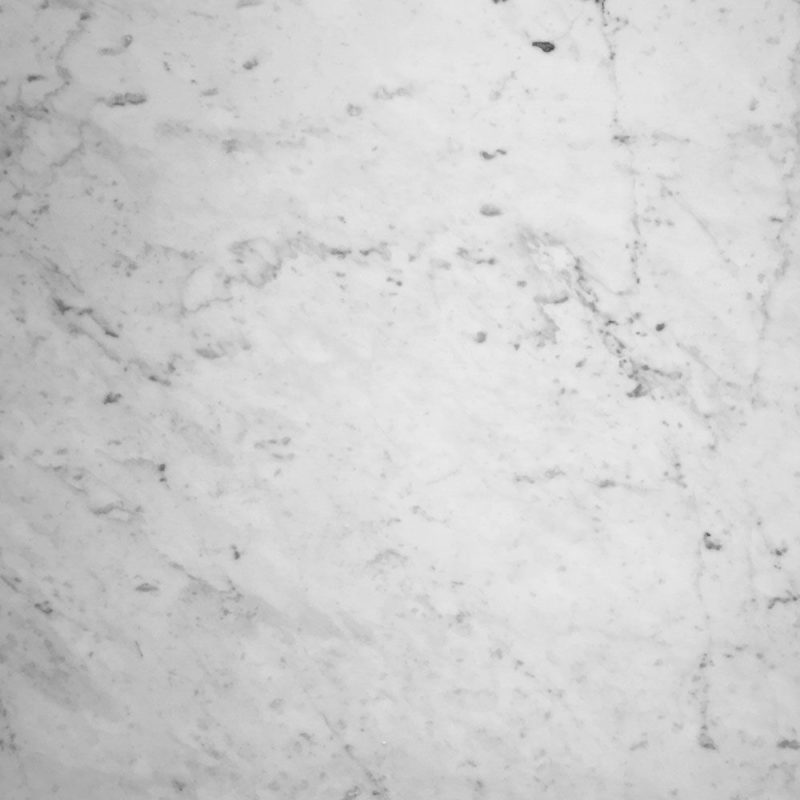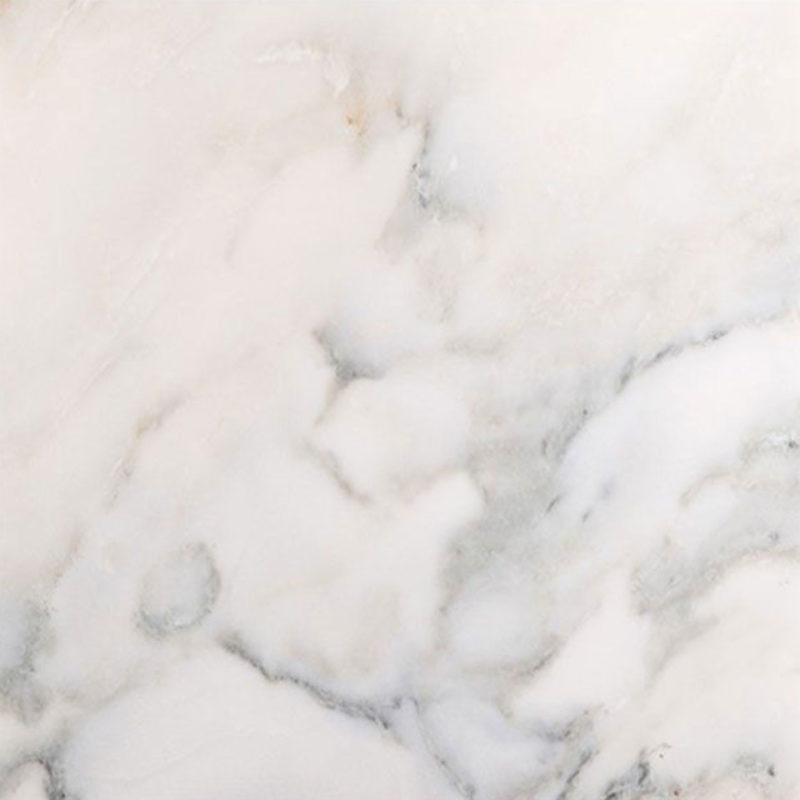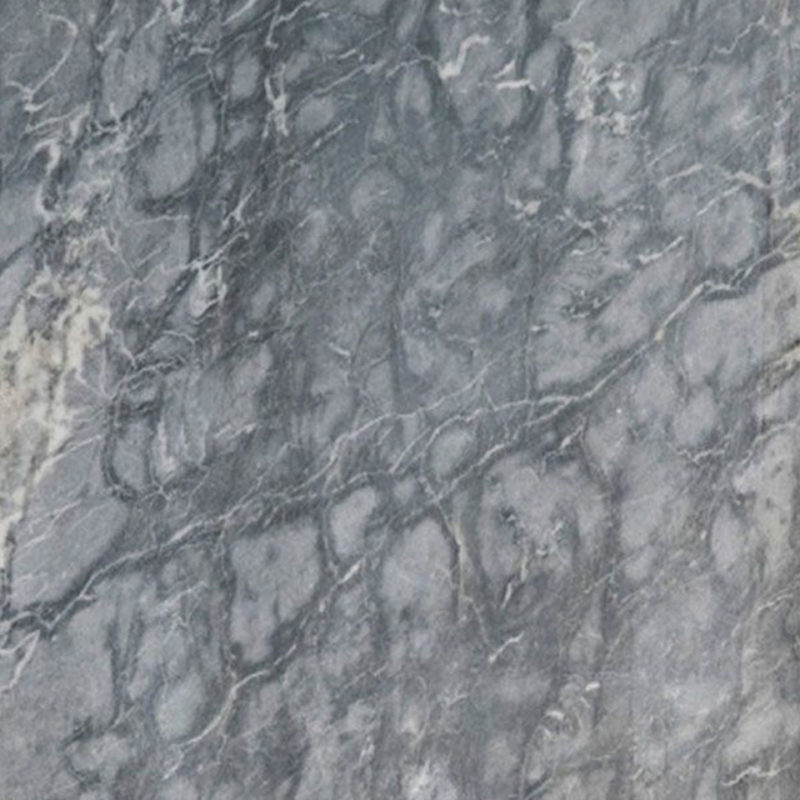Inspired by cityscapes and industrial architecture, ‘Loft Living’ style is a mix of distinctly modern and raw elements. These contemporary living spaces were typically created from converted factories in urban centres. With original industrial features intact, these spaces already had the necessary infrastructure, including plumbing, electricity.
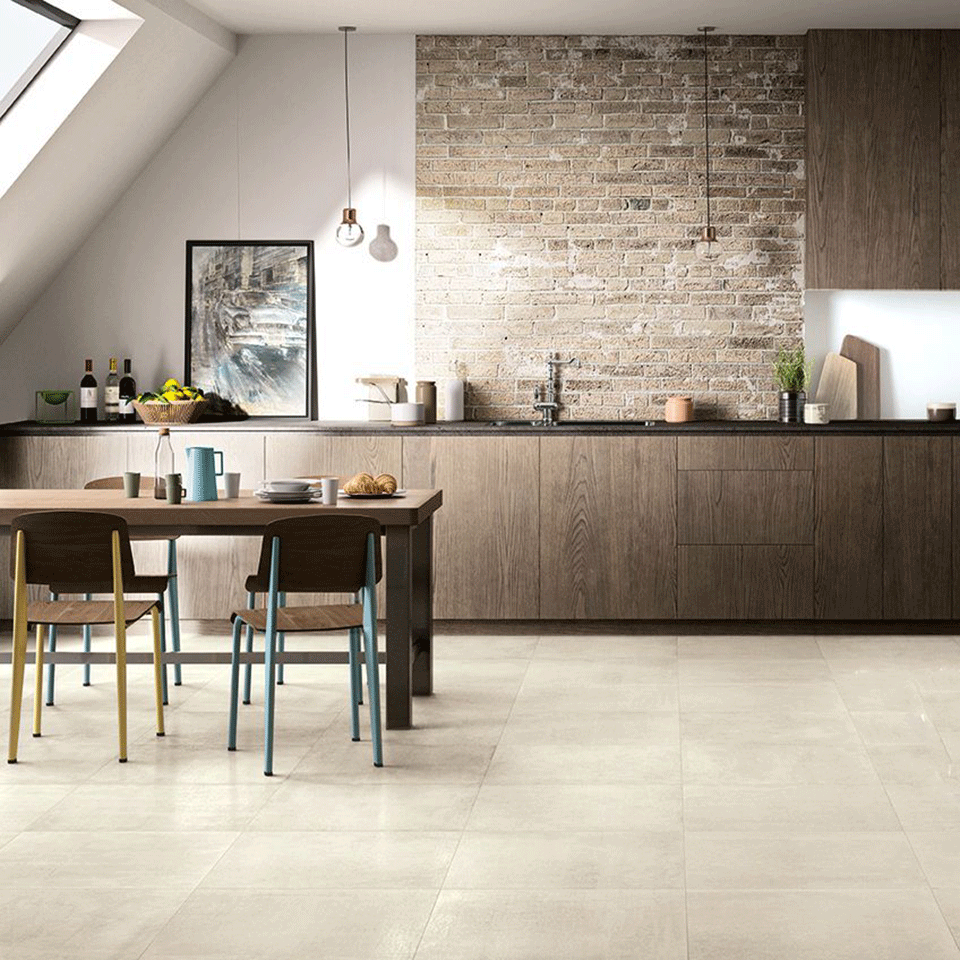
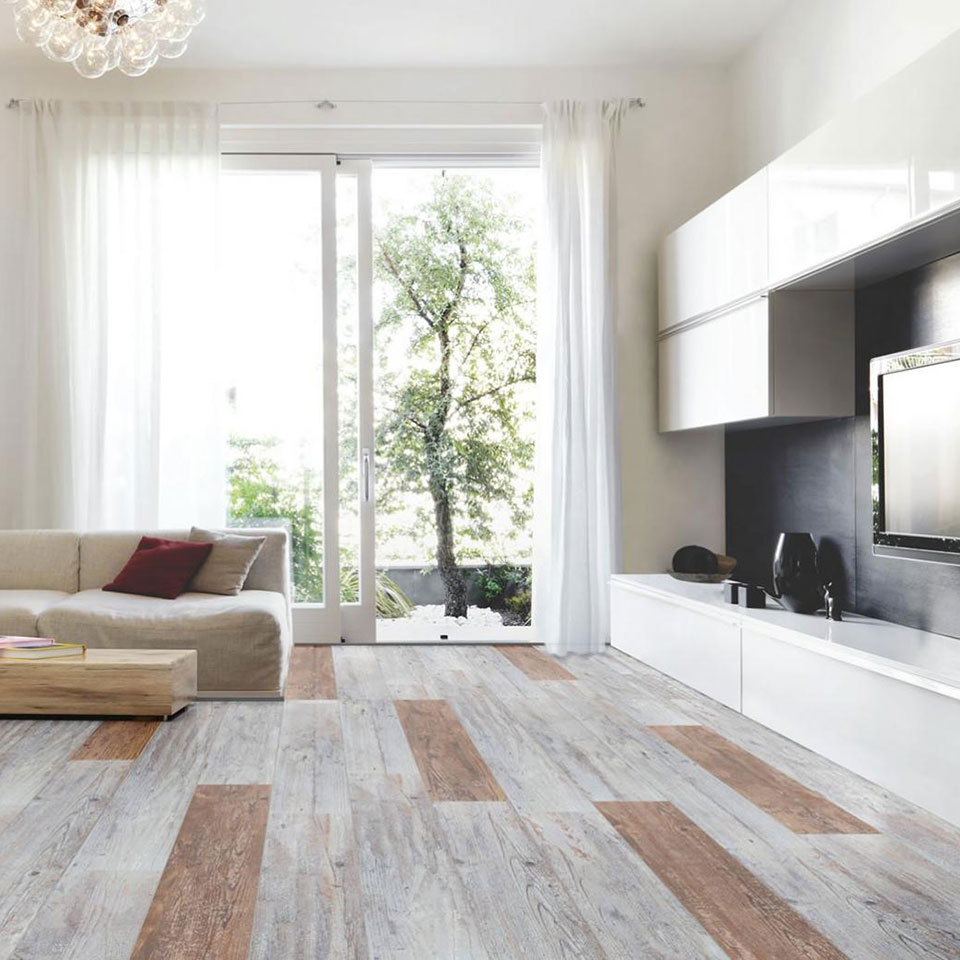
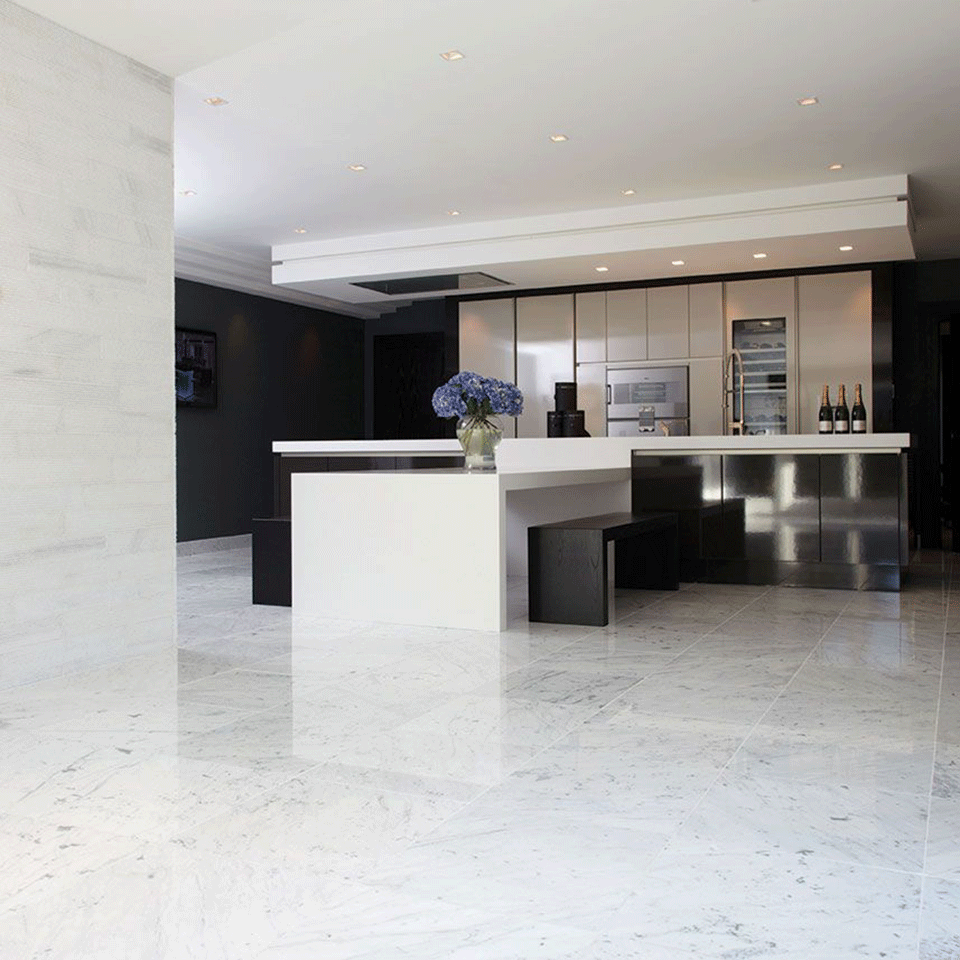
The loft living style is characterised by elements including high ceilings, open floor plans, exposed brick walls, cast iron pillars, pipework, wood or metal beams, floor to ceiling windows and wood or concrete floors.
Loft Living Origins
In terms of a design movement, loft living is thought to have gained popularity as early as the 1940s, but it mainly captured designers’ imaginations in the late 1960s to early 1970s in the SoHo district of New York City.
It was originally popular with artists and unconventional types who broke away from the norm. However, loft living soon became popular with a wider demographic and by the 1980s demand for this ‘uber-cool’ style of living had established itself in cities all around the world. Developers soon began to purpose-build schemes to meet the increasing demand, whether as a refurbishment project or a new build scheme.
Modern Loft Living
When the loft living trend first emerged, it was largely a result of factories closing down and property developers seeking alternative or inventive ways to utilise the space. Think of it as 20th century style ‘upcycling’. Today, warehouses are sought after by developers for conversion purposes. From London to Sydney, Stockholm to New York, lofts are selling for millions of pounds because of their location, scale and potential. Flooded with natural light, far reaching views and flexible open floor plans, loft living has become popular with a wide range of end-users from families and millennials, to business people and artists.
Loft Living has in many ways become mainstream. Although demand and trends for this style of home fluctuates, the look still tops the trend lists. And it’s not always about ‘living in a loft’. Creating the look is equally popular. Concrete floors, wooden floorboards, open plan living and exposed brickwork are all desirable styles even in non-metropolitan interiors.
Get The Look
Concrete is ever popular. This functional surface has a genuine industrial feel. Lapicida has a range of Concrete look porcelain tiles that work wonderfully in both residential and commercial settings.
We particularly like the Lapicida Loft range of porcelains tiles which includes Loft Shade, Loft Light (above left) and Loft Dark.
Despite it being a contemporary style, the vintage look is often associated with loft apartments. Lapicida Metro tiles – available in Cappuccino, Pergamon, Granita, Latte, White, Grey and Black – sit well against exposed brick work and reclaimed furniture. Whether you live in a loft or not … you can still recreate this look really easily in your home.
Vintage style wood floorboards are another way to achieve the look. Try Vintage Caramel or Grey (above centre) which form part of the newly introduced Artis porcelain collection. A realistic interpretation of genuine wood, these porcelain tile have the knots, cracks and nicks found in aged genuine timber. Highly durable and easy to maintain, Vintage Caramel is ideal for use in residential areas including hallways, kitchens and entertaining spaces.
Many of these types of properties are also aimed at the luxury end of the market. Natural stone and marble are often used throughout high-end loft style apartments. Try Carrara (above right), Calacatta or Bardiglio marbles if you want to create that luxe loft look.
Discuss the possibilities
If you would like more information regarding any Lapicida surface or wish to discuss which ones can achieve the loft living look, call us on 01423 400 100 or contact us here.
Want more inspiration? Peruse over 90 Lapicida curated Pinterest boards here. You can also follow us on Instagram.


